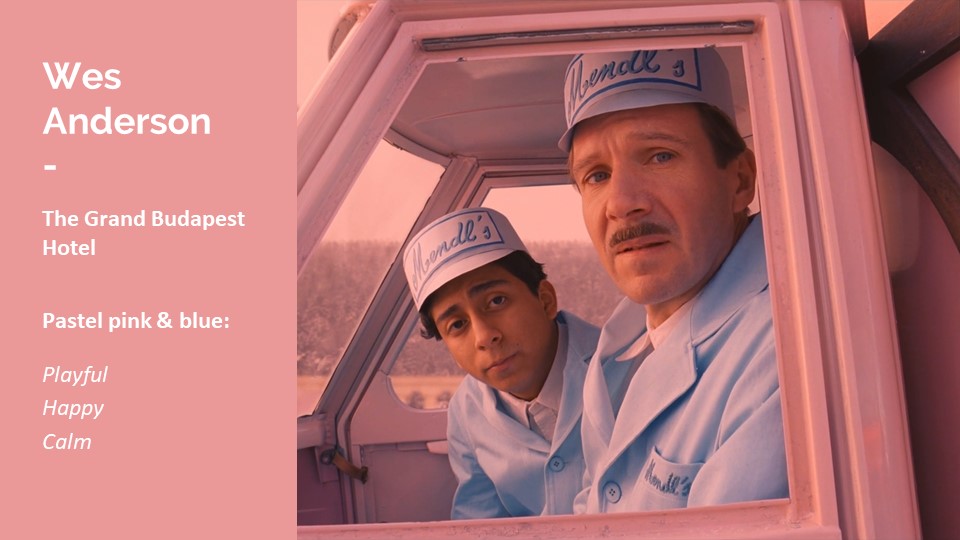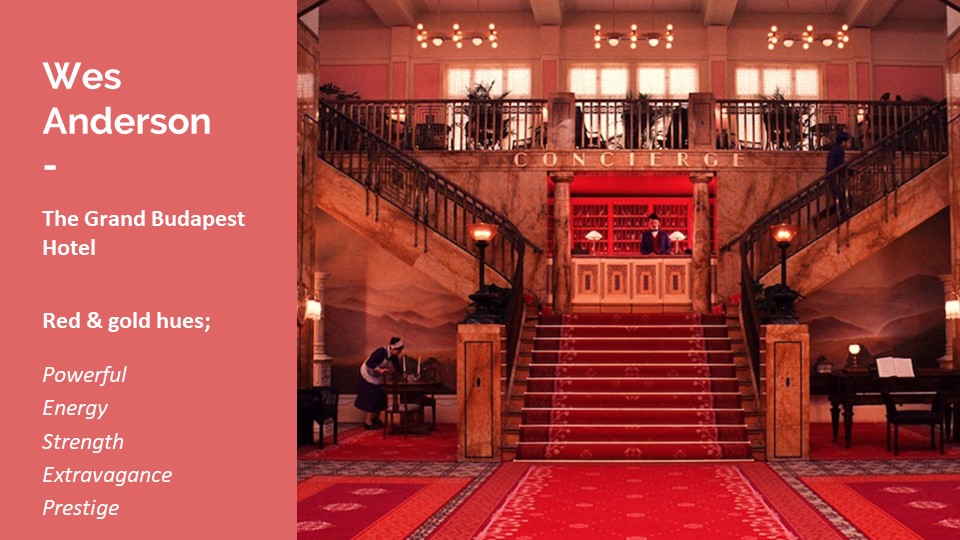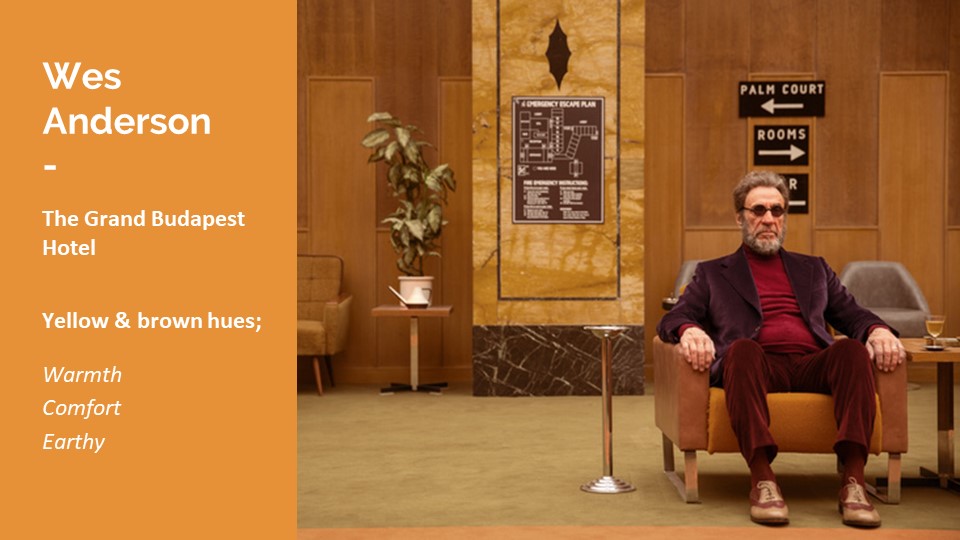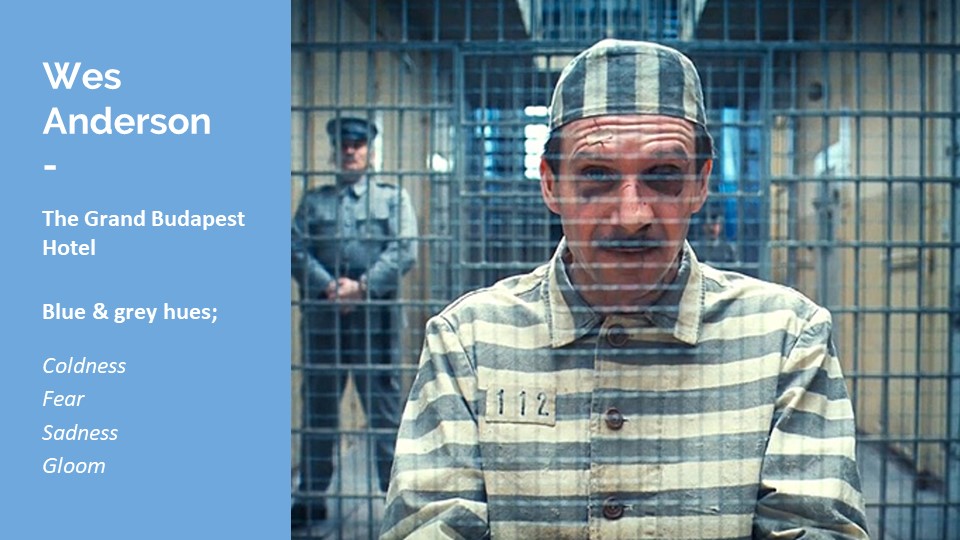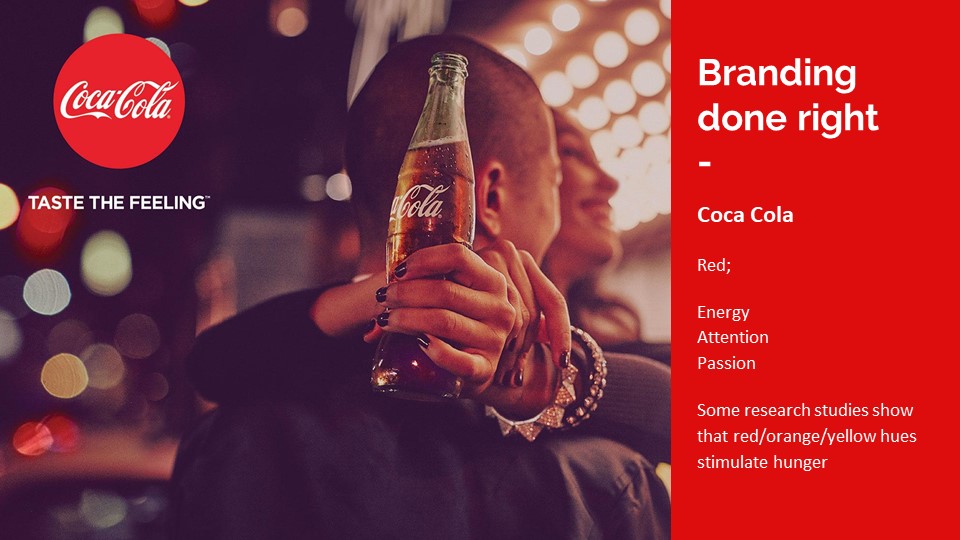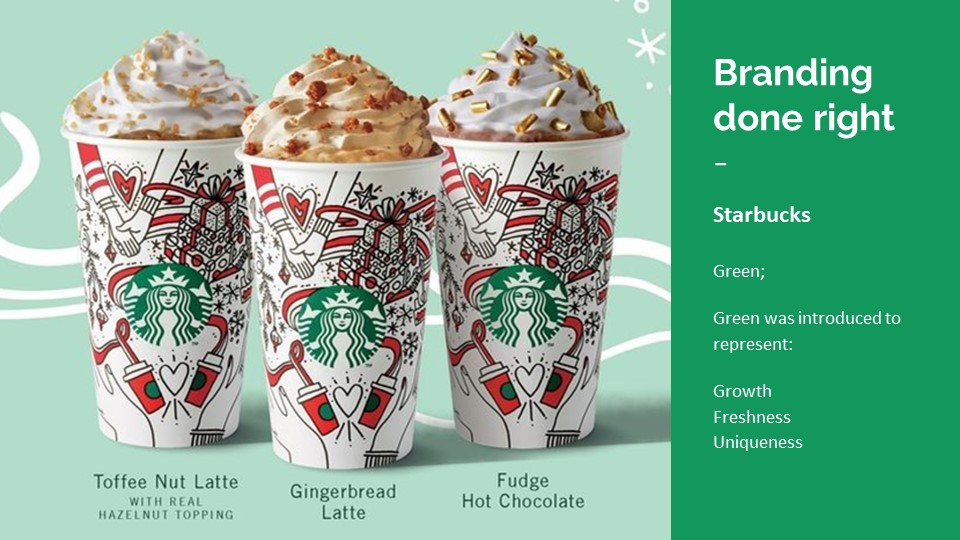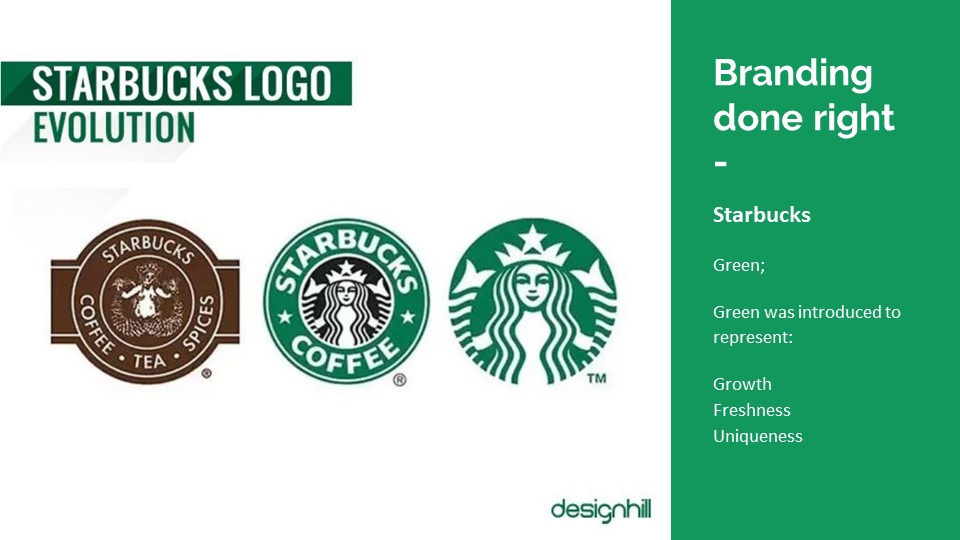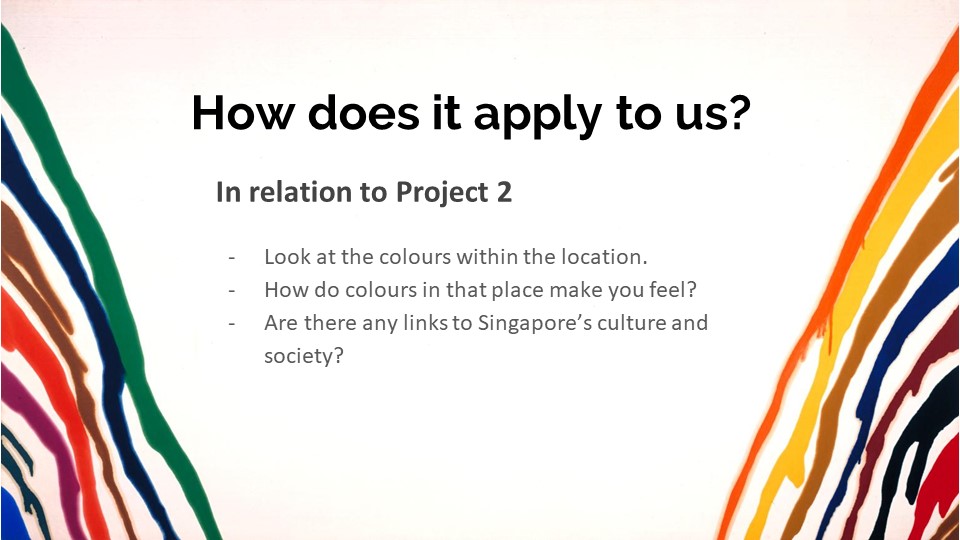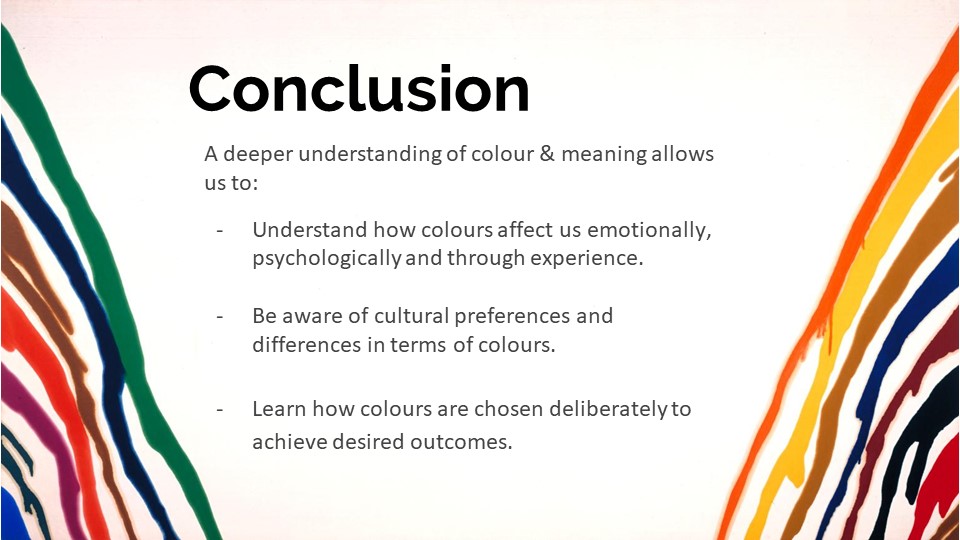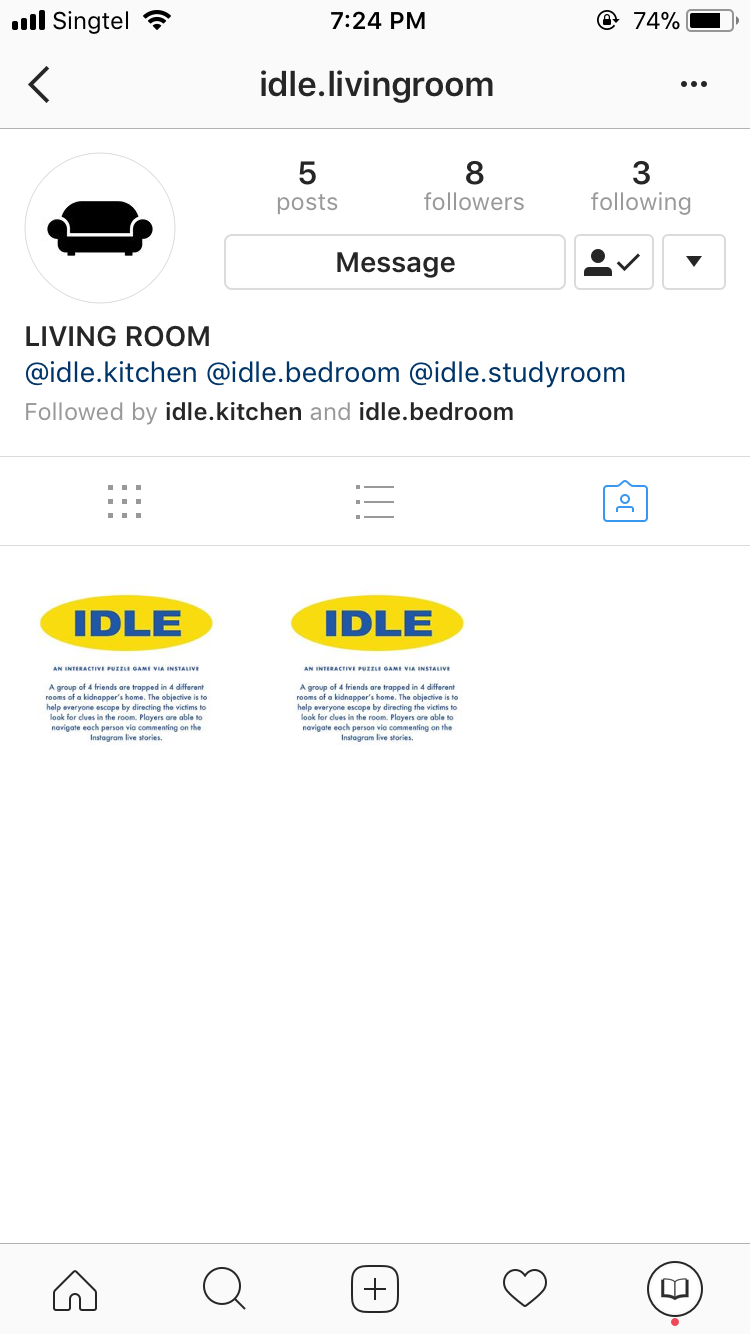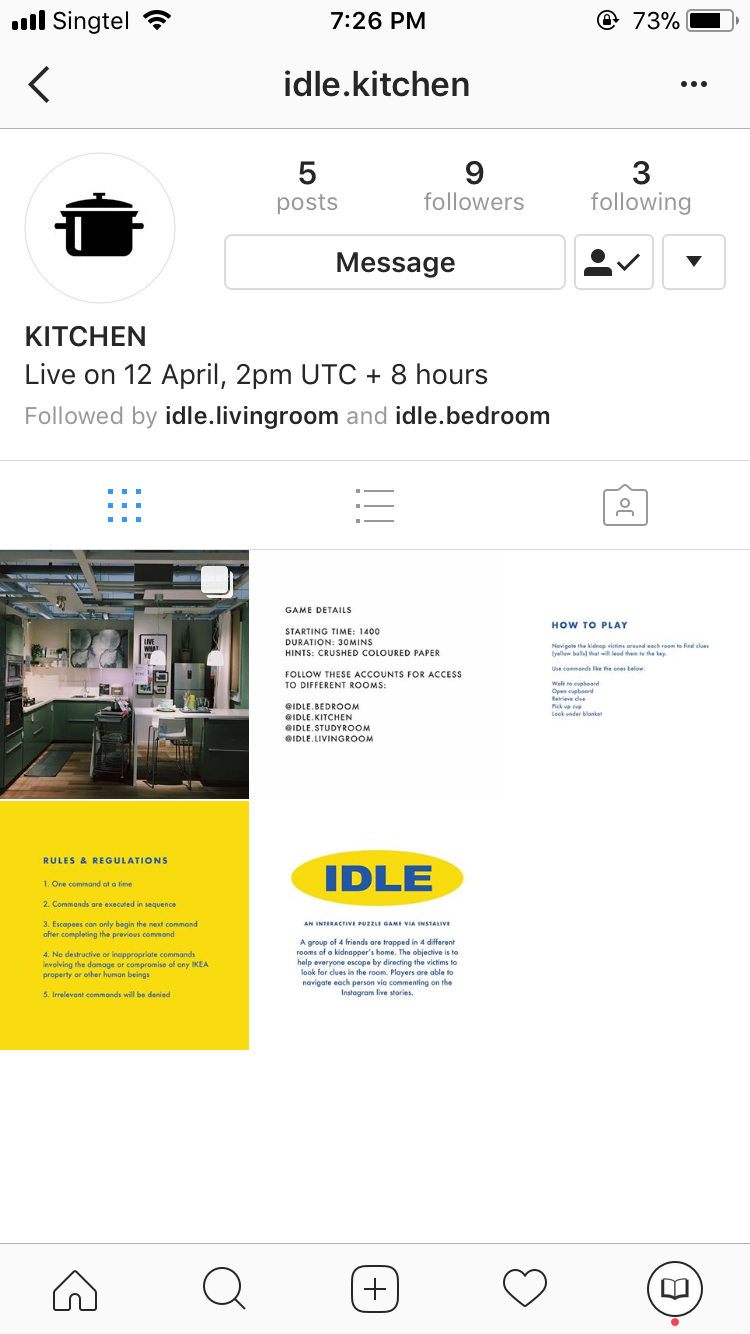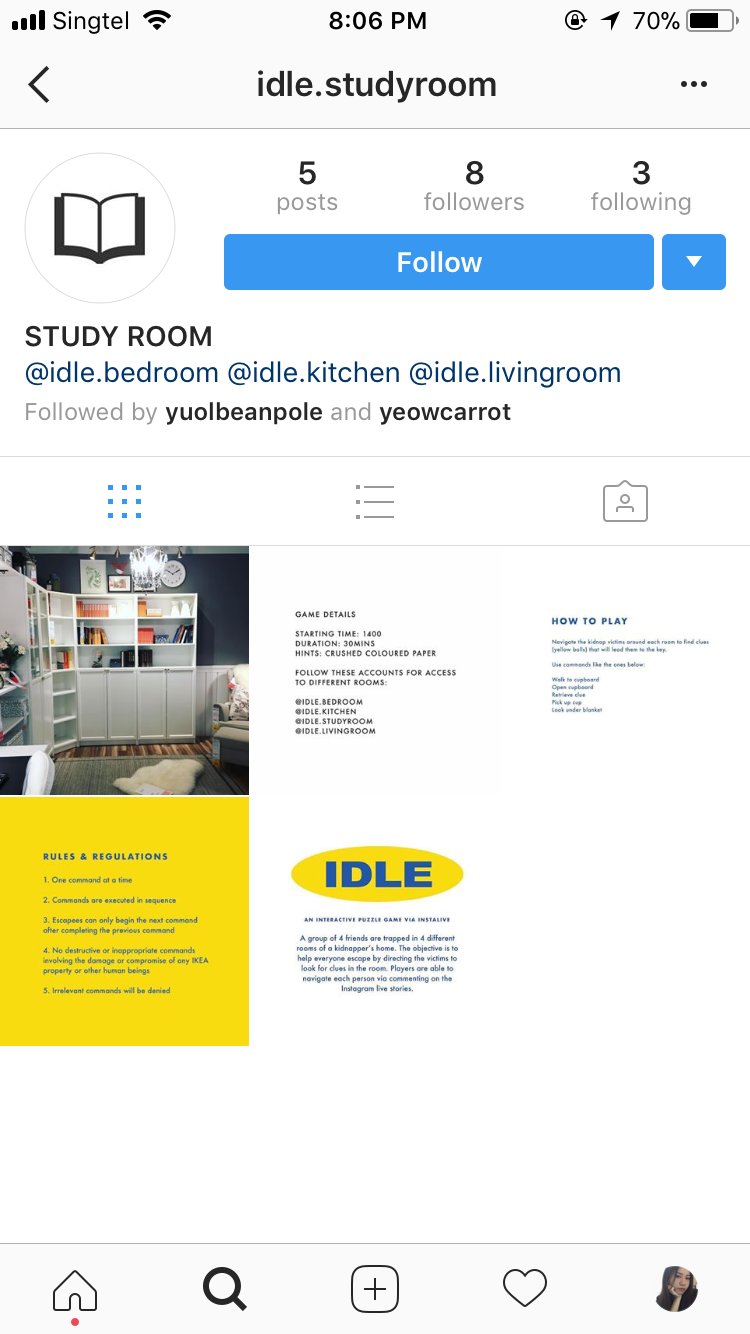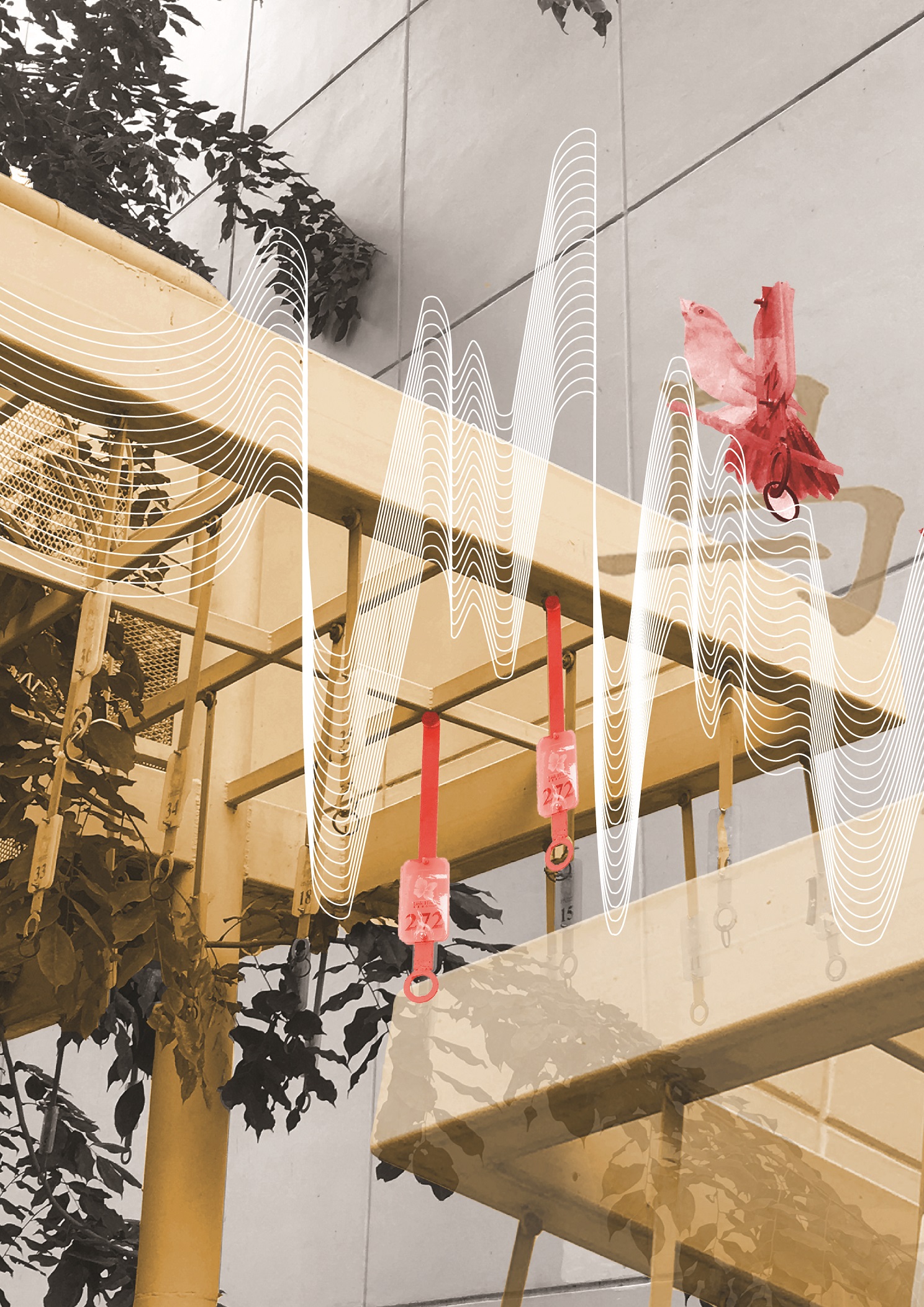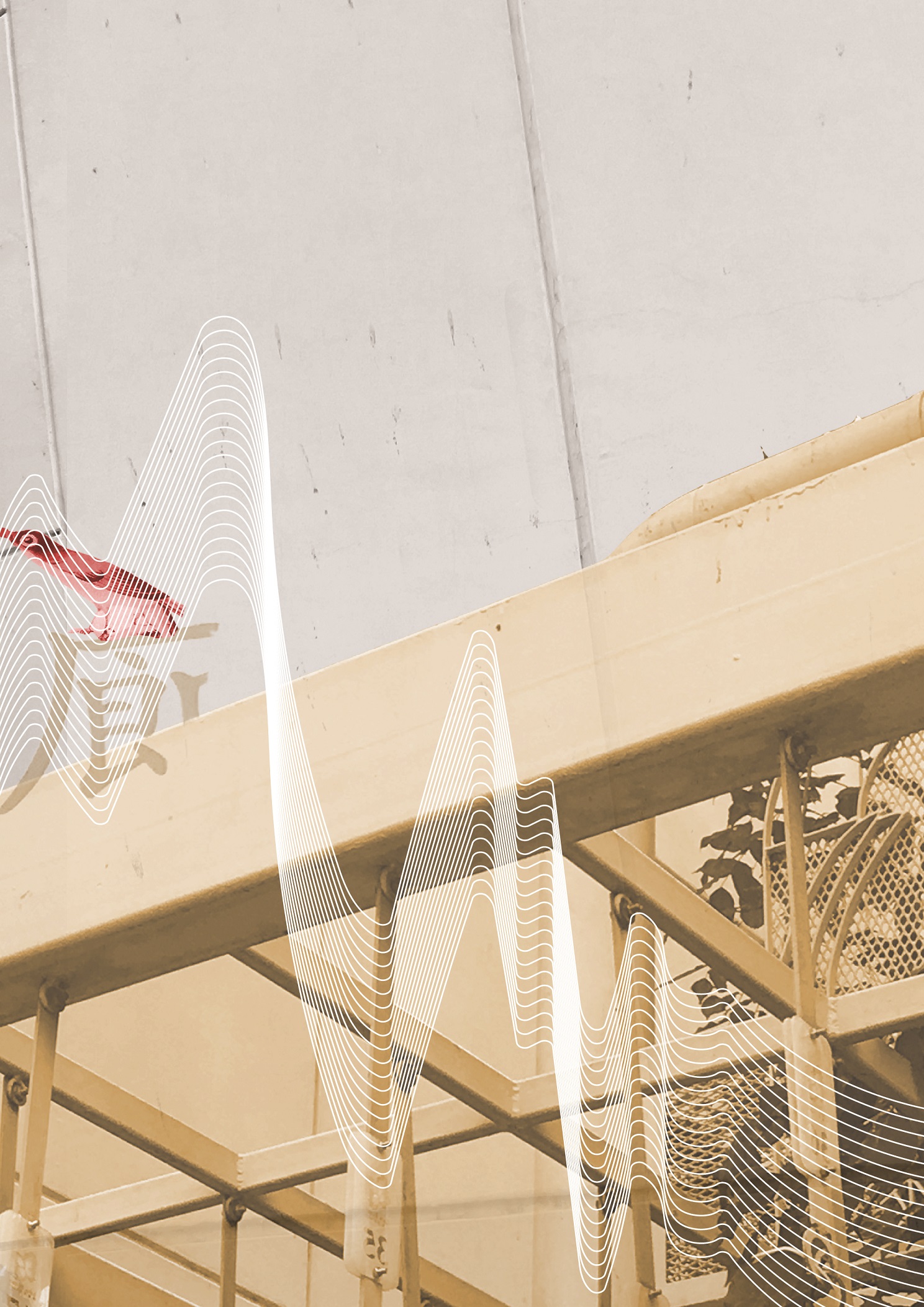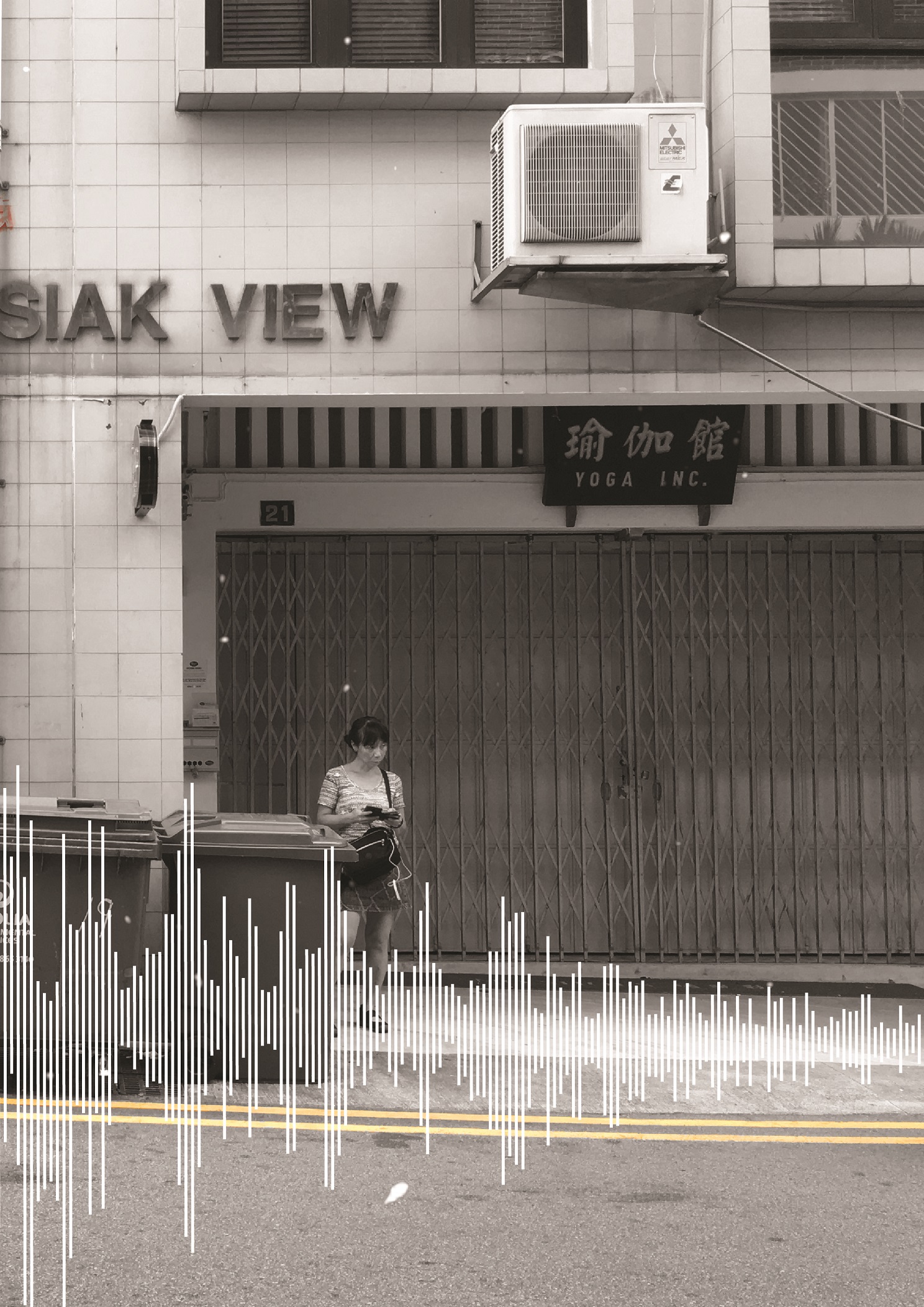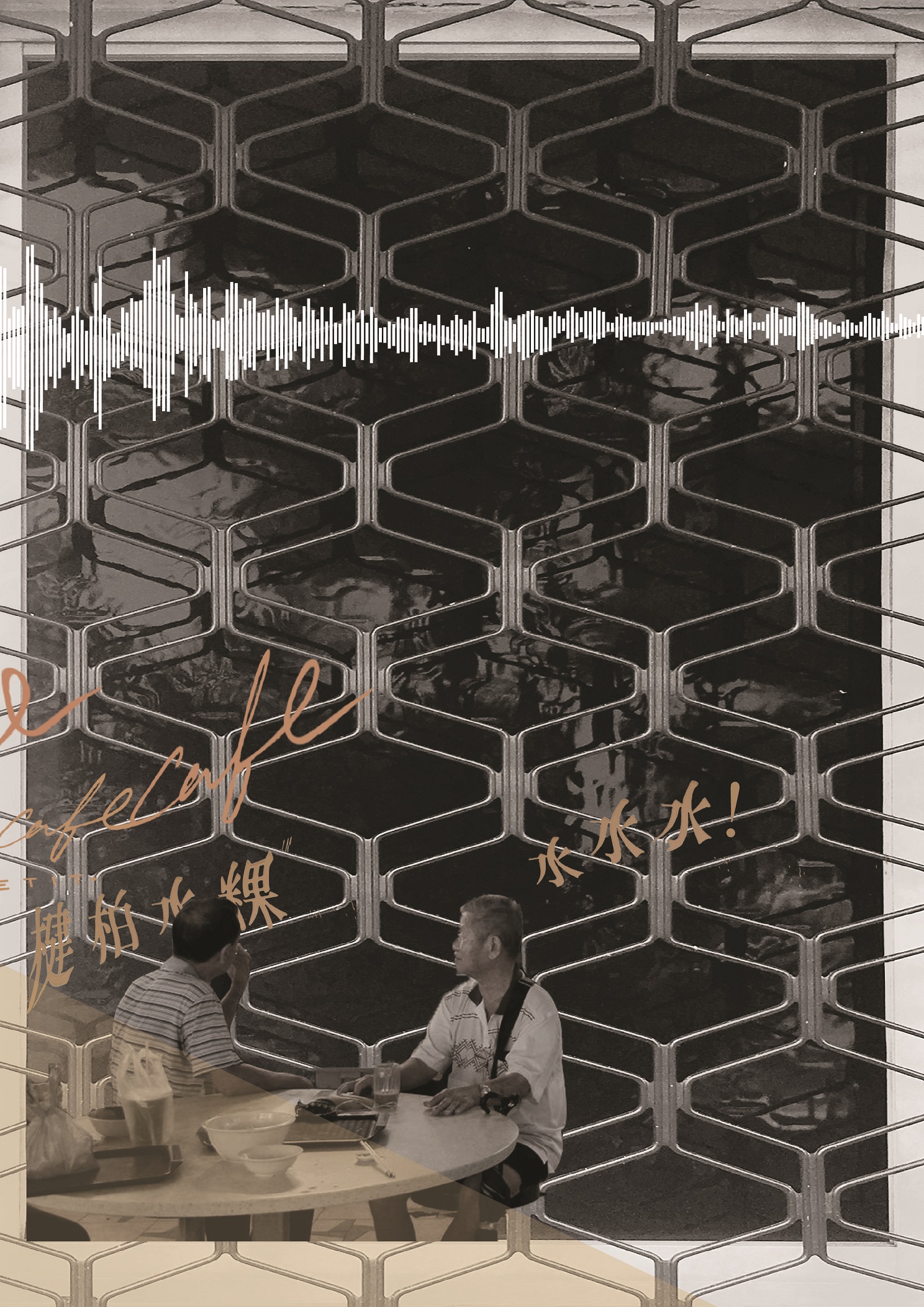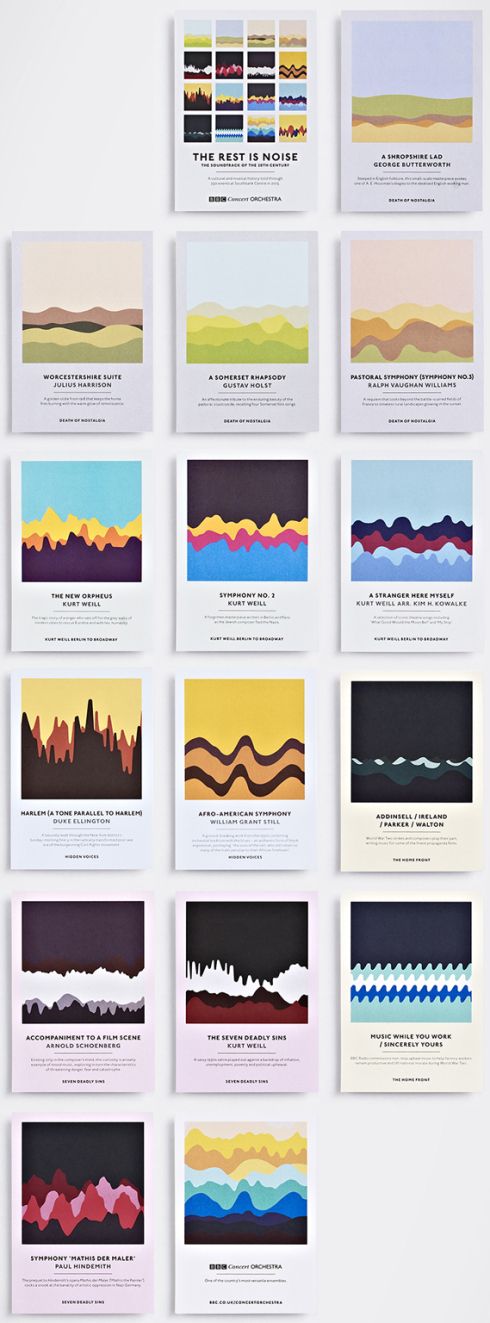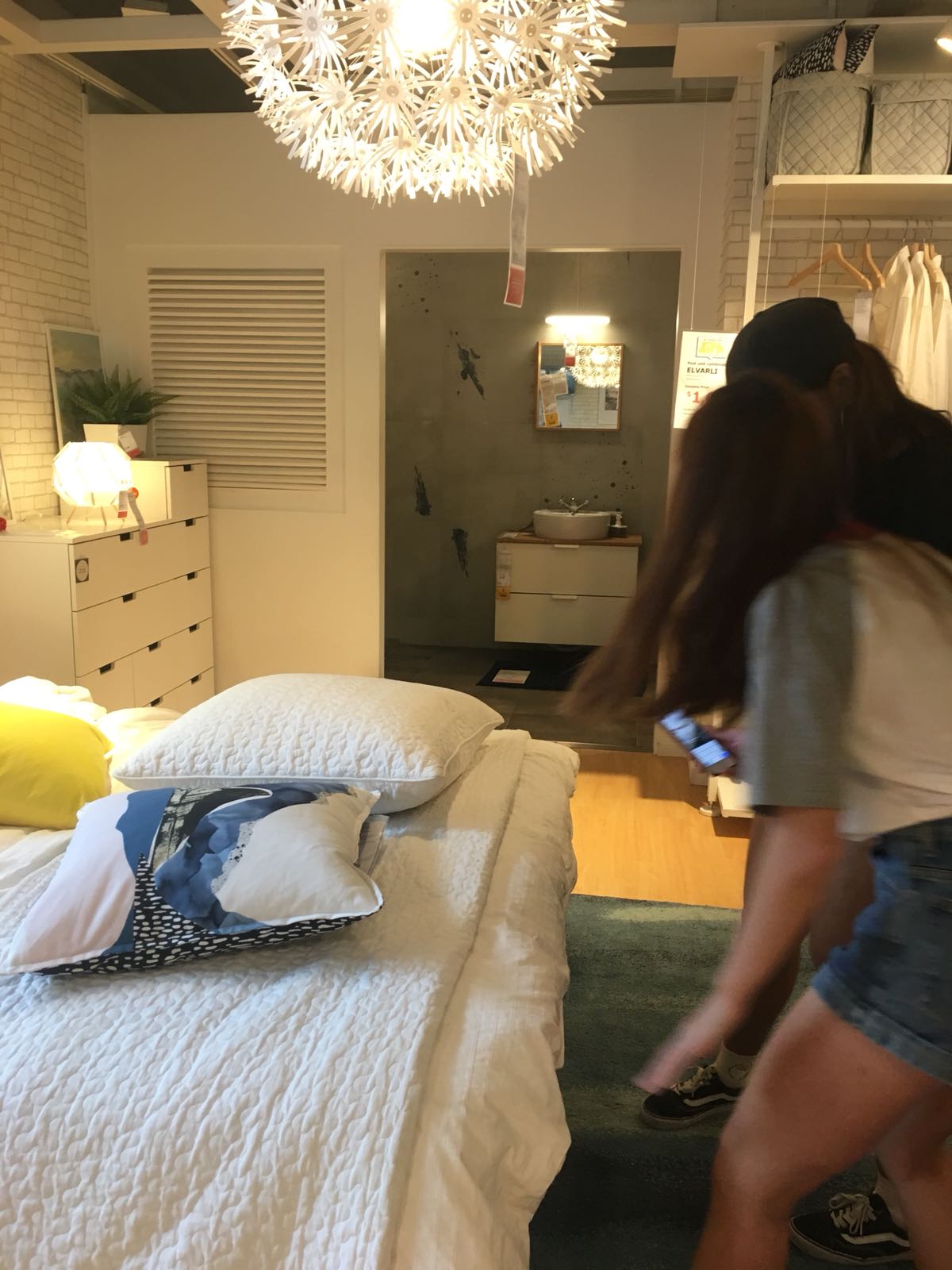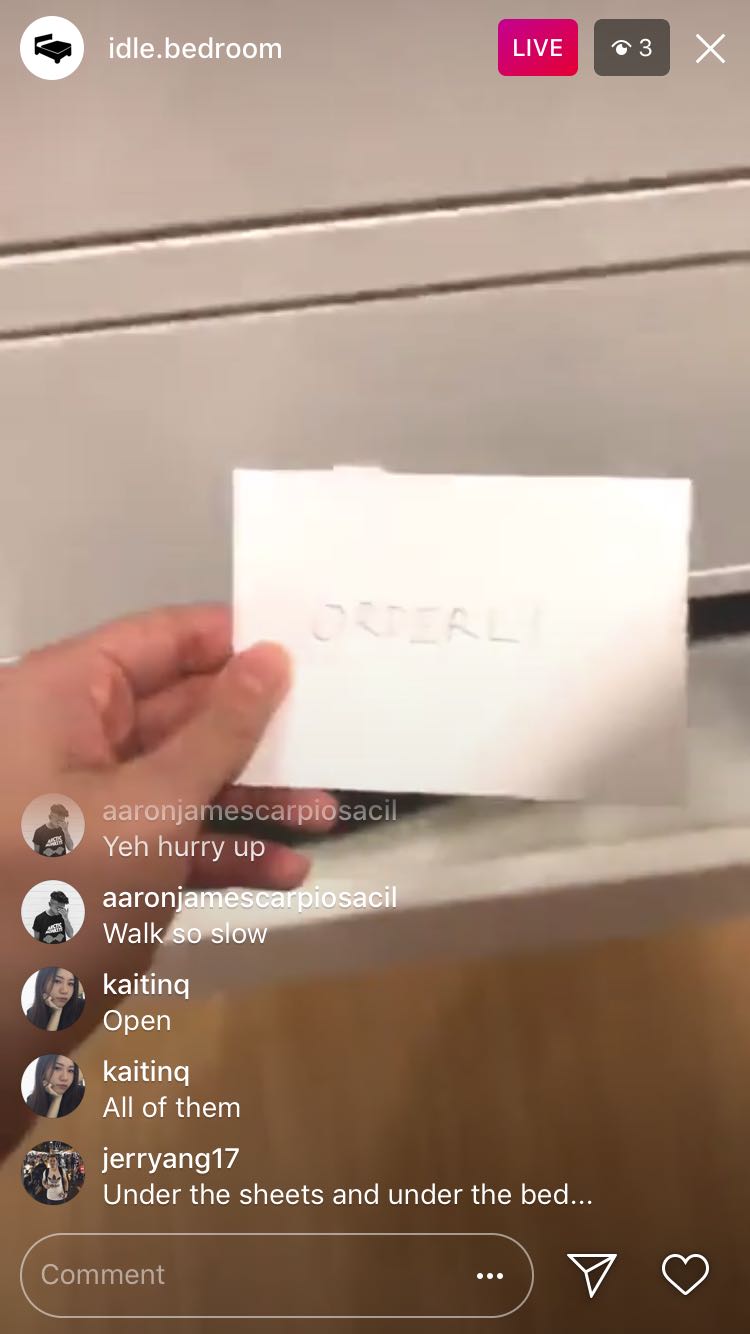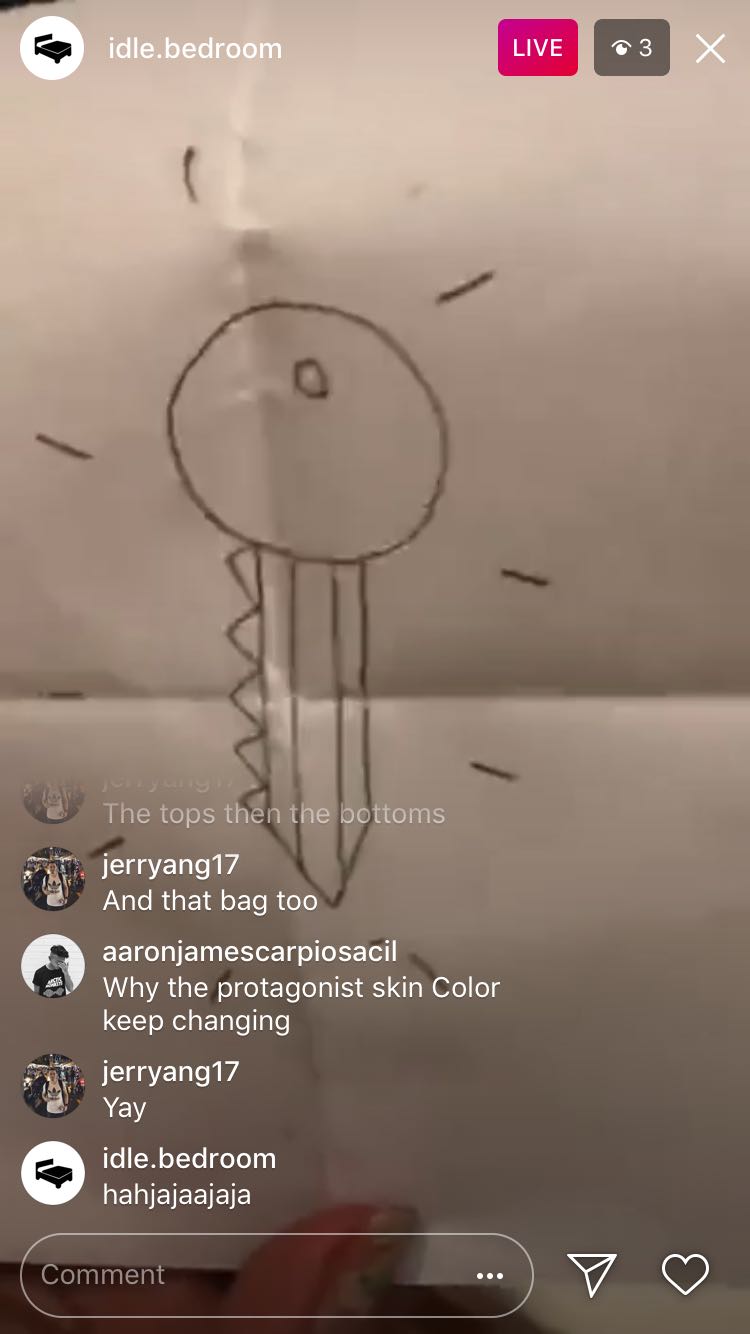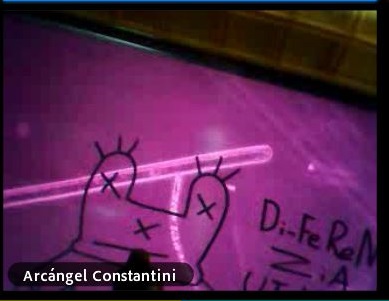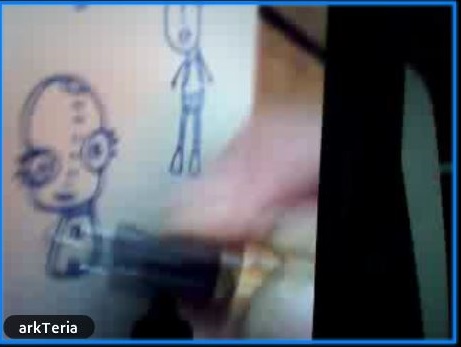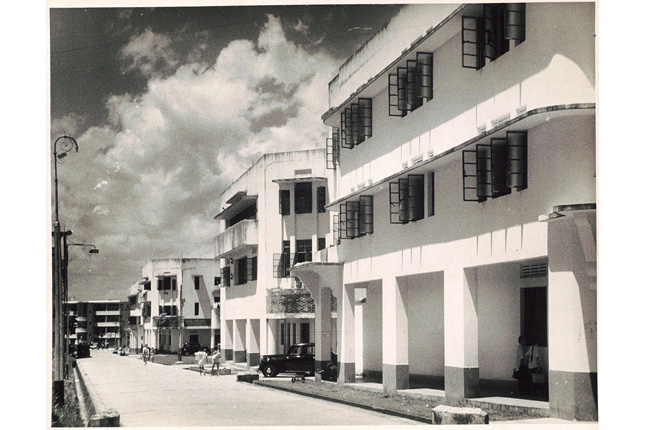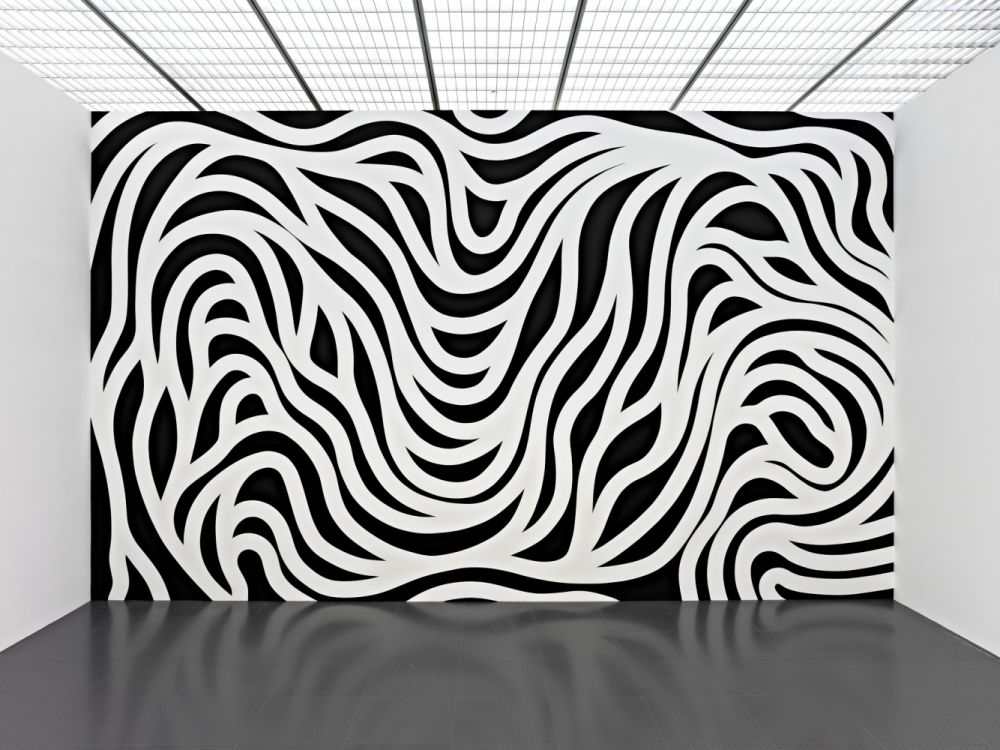Monthly Archives: April 2018

Final Project: Glitch Singapore
To view more of our ideation process, you can click here!
This is our final concept – IDLE,
an interactive performance whereby the participants’ objective is to help 4 kidnapees escape by navigating them via commenting on the Instagram live stories to look for clues and keys.
Location: IKEA@Alexandra Road
Duration: 30min
Number of players: ~10
How does this work? How was it made?
Each kidnapee will be hosting one Instagram live story. The 4 rooms which make the “kidnapper ‘s home” are:
@idle.bedroom (Melo)
@idle.livingroom (Siqi)
@idle.studyroom (Kai)
@idle.kitchen (Desmond)
When the accounts of the 4 rooms go live, participants can comment in the chat section below to find clues and ultimately, the key. Here are some mock-ups of how the Instagram story live would look like during the interactive performance.
ACTUAL RUN & TEST RUN GAMEPLAY
A screen recording of @idle.livingroom during the actual run (The blackout happened at the end and we have to end the instastory)
From our test run to our actual game, we had several things revised. My group and I had to discuss and come up with new hints as the old ones were too vague. Initially, we used vage words such as, “WITHIN” and “ORDERLY”. So, we changed it. For each room, there will be a clue which contains a riddle. Solve the riddle and participants will know the EXACT location of the key. One of the riddle was: Wanted by dusk, headless by dawn. (Answer: Pillow) Other than the main clue, we included 2-3 other clues, all leading to objects which are near or associated with the key. For example, one of the clues were “Floral” (Key was behind the floral cushion on a chair). Also, instead of white paper, we used yellow paper to make sure that the hint was more obvious to the participants from their screens. Lastly, we gave a clearer set of instructions and even examples of possible commands they could use.
GLITCHES AND UNEXPECTED ELEMENTS
Even though we made some changes to the test run in order to avoid glitches and accidents, during the actual run, there were still glitches occurring.
To me, the technical glitches that happened during the actual run were rather unexpected as for example, the lag experienced by the participant or the blackout was entirely unintentional and I actually panicked when my phone (@idle.studyroom) was lagging and eventually stopped recording. But thankfully, this “blackout” coincides with our narrative and we told the viewers that @idle.livingroom blacked out for a moment because of the fire in the house. Although impromptu, we ended up adapting to these glitches as even the lag could be seen as something hindering the participants from finding the clues. Judging from the participants’ reaction, they tend to show a sense of urgency and panicked when the live video went black or was lagging – which was a good sign as they were more compelled to find clues quickly before the kidnapees “die”.
Initially, there were supposed to be 4 kidnapees with 4 different room accounts, but also, due the unforeseen circumstances, insufficient participants turn up online on the actual day itself. Thus, we made do with the current participants and tweaked our narrative. We told them that one kidnapee turned on the stove while trying to escape, which led to a fire in the house and they have only 30 minutes to help everyone escape. In my opinion, this tweak enhanced the narrative and actually gave us opportunities to interact and talk to our participants. At some point in time, we will remind them that the kidnapees have limited time by saying “the smoke is getting to me…” etc. Which one of them so happened to be the actual technical glitch that I experienced.
ARTIST REFERENCES
Mainly drawing inspiration from these two interactive performances/game from Blast Theory, we wanted to incorporate the third space, similar to how they did. It is interesting as to how online players can interact with the people who are physically in that area. As for I’d Hide You, the use of the third space really changed the dynamics of the game. If weren’t for the use of third space, it would just seem like an ordinary game of tag.
IDLE, is similar, as we wanted to change the dynamics of the ordinary escape room/game setting. Thus, I would say that the live video function really contributed to the core of the game.
SUMMARY OF CONCEPTS INTEGRATED
CONCLUSION
This project, I would say, had a few distinctive stages which led to the final interactive performance – Ideation, Implementation and Reiteration. From my previous post, it consists mostly of the ideation and planning part. In this post, I focused more on the implementation and reiteration – where we try out the game and make refinements to it. Although we encountered glitches in our final run, it was fun and exciting to adapt to these glitches which unexpectedly changed our narrative a little. Being site-specific (IKEA), contributed to the fun of this project as it allows many glitches and unexpected elements to occur.
If I could change something… it would be the number of participants. Afterall, we did limit the number of players but maybe it could be on a larger scale whereby there are many characters trapped and the players all have to rescue them. Or, it would be that we improve the narrative and coordination in such a way so that all the rooms are interconnected. For example, if one kidnapee successfully escapes from a room, the key will lead to the next room. This might actually give a more coherent flow to the game rather than people switching in and out of the different instagram accounts. Lastly, incentives maybe?? 🙂 So as to reward those who manage to find the clues and keys! (and a way to find more players)
Overall, experimental interaction was truly interesting and different from what I normally do. I’ve learnt many concepts (some strange as well) but beneath that, there is always a lesson learnt at the end of the day. Hope I’ll be able to incorporate what I’ve learnt this sem in the future!! 🙂

Y1S2 Graphic Form Gallery
A walk-through of the projects during this semester in Graphic Form.
01 IMAGE MAKING THROUGH TYPE
The Journey of Dream Jobs is a set illustration which talks about my evolution of dream jobs, from 7-21 years old. In each illustration, the typography of my initials, “KT”, is incorporated in it. The placement and properties of a typeface are considered as they bring a focal point to the composition; each revealing an important aspect of the narrative.
Here are the links to my previous posts on this project:
01 Image Making Through Type: Artist Research
01 Image Making Through Type: Ideation and Process
01 Image Making Through Type: Final
02 LOCALE (PART 1)
Uniquely, Tiong Bahru, is an infographic which was derived from my research on Tiong Bahru. Comprising of consolidated information from both primary and secondary research, this infographic tells you about the brief history of Tiong Bahru, mainly related to the SIT (Singapore Improvement Trust) flats, and more importantly, focuses on the activities within Tiong Bahru today. It reveals some trends and insights which I have found and lastly, it consists the voices of Tiong Bahru.
Here are the links to my previous posts on this project:
02 Locale: Research
02 Locale: Infographics
03 ZINE: LOCALE (PART 2)
中峇鲁, is an 8-page zine which focuses on the abstract visual qualities of the site, Tiong Bahru. Using photo manipulation, soundscapes and light leaks, the zine looks into the nostalgia and fragility of Tiong Bahru by depicting memorable areas and a juxtaposition of the new and old – a continuation of the first part of my Locale project.
Here are the links to my previous posts on this project:
03 Zine: Locale Process
03 Zine: Locale (Final)

03 Zine: Locale (Final)
This is the final post of my zine!
To view the earlier parts of my Locale project, you can click on the links below:
Locale: Research
Locale: Infographics
Locale: Process
Pictures I took at Tiong Bahru in my other visits

ZINE LOCALE
After MANY changes, I decided to mainly use photos and soundscape to bring about the experience in Tiong Bahru. Instead of using the previous “eat, drink and play” idea (which was too informative), I will be using the nostalgic and fragility aspect of Tiong Bahru – something which I will not expect if I were to take a quick stroll along.
Nostalgia and fragility
Something which I thought about during this project was the conservation of this area – whether this charming estate will eventually disappear or not. Thus, I created this zine with this central focus in mind.
Cover page (right) and Back page (left).
In this spread, I used an ordinary photo of Tiong Bahru (b&w and grainy). It is unlike my other spreads where it is saturated with hints of warm colours – red, orange and yellow to suggest vibrancy. To me, this was my first impression of Tiong Bahru. It was just an “old estate” which I came to know about because of the hipster cafes. I split the typography in half because I wanted to reveal only half of Tiong Bahru’s name in Chinese characters as one will only see the other half when he/she finishes flipping through the zine – only seen as a whole or complete when one reaches to the final page.
First spread
A bird singing corner with no birds, no chirping, only noises from bustling cars. These noises are translated into the soundscape, which clashes with the bird visuals and typography, Barely recognizable without bird cages, this area is often overlooked by many. But, it contains a rich history of Tiong Bahru as people used to enjoy watching these birds sing. I could only extract the birds and typography from the faded sign, the only remnants that made me recognise that this place was once a vibrant bird singing corner.
Second(middle) spread
The juxtaposition of new and old, of bustling and tranquil. I used a full picture across this spread. To show the contrast, I colourized the cafe area in the picture, and manipulated some typography above it. Looking across the spread, the soundscape compliments the visuals, reflecting soundwaves which depict a noisier to a quiet environment. The main warm colours, red, orange and yellow, were used in order to bring focus to the spread. Also, to play with the light intensity of the photo, I added light leaks to intensify the colours. More importantly, by this colour manipulation and adjusting of exposure (against the black and white side), I wanted to show the fragility of Tiong Bahru, like an old photo fading away.
Third spread
The alleys in Tiong Bahru are either filled with people or absolutely empty and quiet. In terms of the environment, there is a stark difference in the light. I feel that these crowded alleys, mostly filled with cafes along the side, are brightly lit and out in open junctions. But as I turn into a corner around the SIT flats, it is normally darker and still. Which brings me to this spread where two pages show interaction with the use of the soundscape as a transition and the overlays of extracted typography from signboards (around the middle). Two different kinds of people are shown here, the tourists/outgoing residents and the older generation, mostly overshadowed by all the new things being introduced into this estate. They look as if they are interacting, but are in two entirely different backgrounds.
Overall, this zine has really pushed me in terms of style as mentioned earlier, I was more comfortable with vectors and illustrations. Nonetheless, the several trips to Tiong Bahru and figuring out what I interpreted from the site was an interesting experience. Having said that, because I had 2 entirely different drafts before this, I had the opportunity to explore possible textures, typography and photo manipulation. I look forward to learning even more new styles in the future.

03 Zine: Locale Process
Moving on from part one of Locale, I will be focusing on the artist research and process of creating my zine here.
To view the first part of my Locale project, you can click on the links below:
Locale: Research
Locale: Infographics
I drew some visual references which I took from the site itself and worked from here onwards.





Some pictures I took @ Tiong Bahru
I tried looking for motifs which could be simplified or abstracted but due to the nature of the Art Deco style in Tiong Bahru, I realised that I would end up working with simple geometrical shapes if I were to choose a vector approach in terms of my art direction.
Thus, I drafted the cover page and 2 spreads, inspired by circular motifs and soundscape.
Here are some soundscapes which I was inspired by.
Studio Output’s set of graphic postcards for London’s Southbank Centre.
I would be exploring with soundscapes and forms which reflects the activity within Tiong Bahru. As my unique selling point is “Embracing the new and the old”, the overarching theme to show activities of the new and old would be through a simple Chinese idiom, “吃喝玩乐” (Translation: Eat, drink, play, enjoy).

My first 2 spreads were minimalist. I mainly used basic shapes to convey the activities in Tiong Bahru. The four pages are representative of “吃喝玩乐”,
吃
Relaxed, fulfilment, happiness. I associate eating with these based on what I have observed. Whether is it at the market or the cafes, everyone was pretty relaxed and happy.
喝
Coffee talks; something which stood out to me the most as I was at the site. A cup of kopi or a cup of cappuccino, young or old, the scene of them chatting always warms my heart. Relating to the soundscape, the soundscape represents a conversation of something telling a story, where it is calm at the start and it slowly peaks to the climax of the story.
玩
Although the meaning of “play” here is disappearing as everyone nowadays are fixated on their phone screens, I still do see kids at the playground once in awhile, screaming and having fun. Thus, these higher frequencies of soundscape to represent them.
乐
To me, enjoyment within Tiong Bahru gives a nostalgic vibe. When I interviewed some residents, they mentioned how they used to play with fire, rear chickens, have a bird corner and how they remember that the newspaper uncle could throw the newspaper all the way up from the ground floor to the third. These are small nostalgic moments which I would like to capture.
However, I felt that this vector and minimalist approach limits the visual quality of portraying Tiong Bahru. Other than the signature red and blue colour, the motifs are too minimalistic to be an abstract representation of the site. As mentioned in my consultation, some aspects which I can explore are textures, motifs, patterns and typography.
MY SECOND IDEA
As I have always worked with vector illustrations, I find it hard to bring out visual qualities of a site using anything but vectors. So, in my second (failed) attempt, I tried incorporating some textures and marks I found in that area, such as newspaper and coffee stains. However, it ended up looking messy and with no focal point. Also, because I took the signs and collaged them, it added on to the chaoticness of the spread. So I scraped this eventually.
Some points to note:
Maybe I could extract the typography on the signs.
Use pictures instead.
References:
Studio Output’s soundwave concert postcards

Final Project: Process
For our final project, Glitch Singapore, my group (Siqi, Melo and Desmond) and I, started brainstorming for ideas and locations which we could conduct our game at.
IDEATION & PLANNING
Possible locations: IKEA, Big Box (Jurong East), Chinatown.
Concerns with IKEA and Big Box were that we might get chased out. We initially wanted to choose Chinatown or similar areas, where there is ample space for players to move around. But, we decided that the concept and narrative of our interactive performance would best match a public space such as IKEA.
But, we went ahead with IKEA anyway.
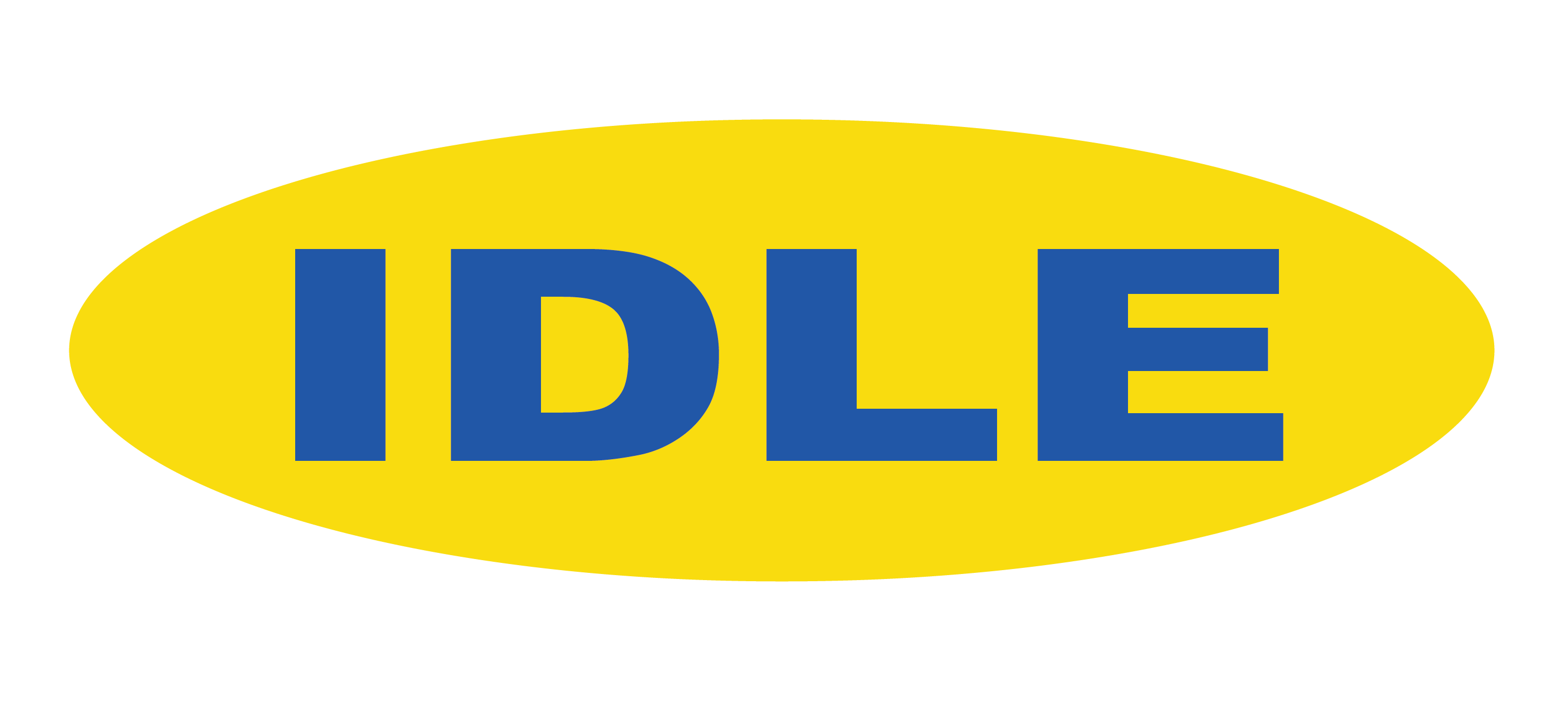
WHY THE NAME, “IDLE”?
Inspired by escape rooms and fps (first-person shooter) games initially, we wanted to integrate the first-person point of view and the third space to create an interactive performance. Thus, the name IDLE came about as we, the kidnapees, are idling in this actual (yet virtual space to the participants), waiting for the participants to help us escape via their commands.
INTERACTIVE PERFORMANCE (IDLE):
A group of 4 friends are trapped in 4 different rooms of a kidnapper’s home. The objective is to help everyone escape by directing the victims to look for clues in the room. Players are able to navigate each person via commenting on the Instagram live stories.
Location: IKEA @ Alexandra Road
Duration: est. 30min
Instagram live stories via:
@idle.bedroom
@idle.studyroom
@idle.livingroom
@idle.kitchen
RULES:
Number of players: Cap at 15*
but only for those who sign up during registration prior the game.
Players can sign up for the game via online registration before the game.
- No asking questions. Only instructions/directions.
- Do not spam instructions in the chat. Characters will only carry out an action after the completion of the previous action.
LOCATION RECCE
Before we had our test run or actual game, we recce the location, looking for rooms which were suitable for our interactive performance. It had to be different types of room, which will be located a distance away from each other, looking at how IKEA showrooms are being structured. Mostly, we chose rooms which were secluded and not within a central junction where it could be seen easily, slightly smaller in size and have many things in the room so that we could hide the clues and keys.
TEST RUN
6/4/2018, Evening, IKEA@Alexandra Road
Siqi as @idle.bedroom
3-4 participants
Melo helped Siqi navigate around and I took some photos and video of them 🙂
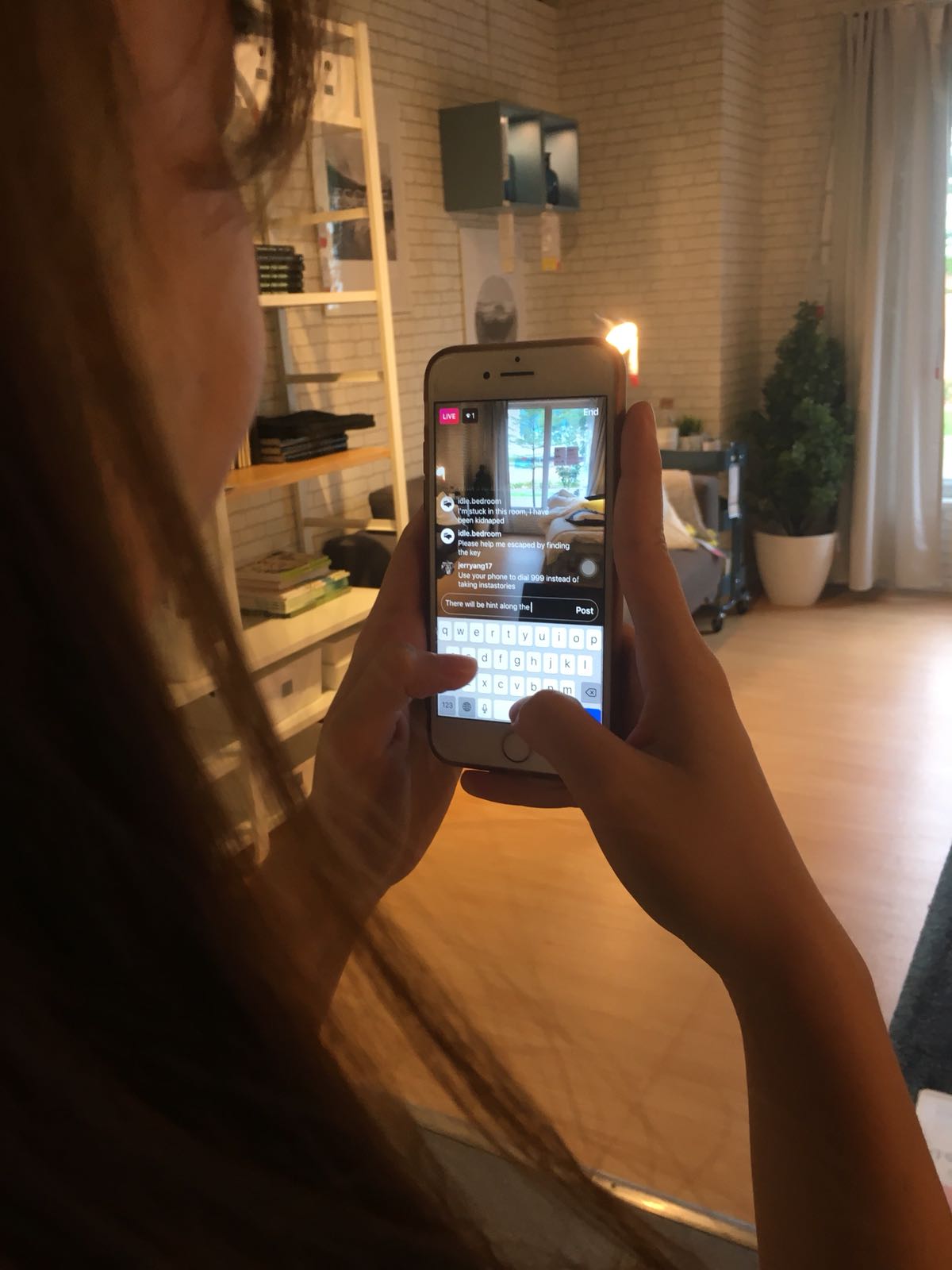
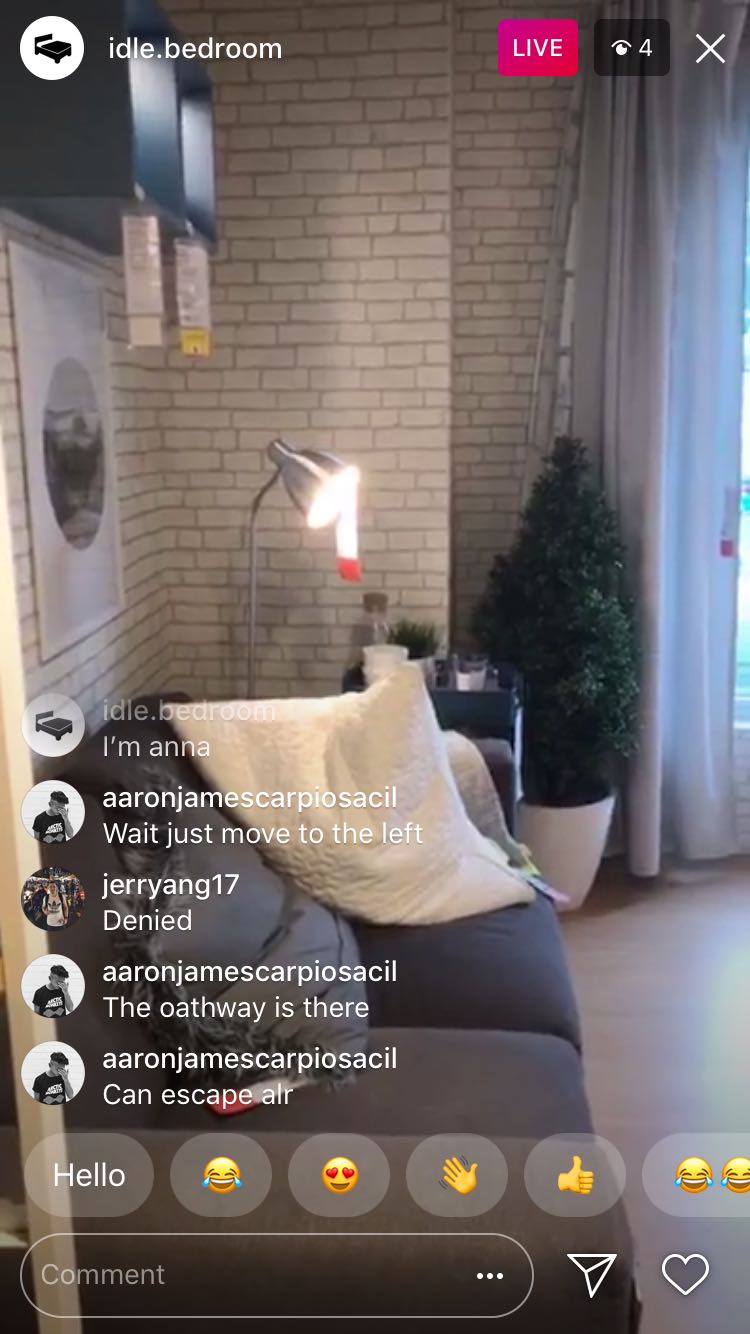 Siqi’s view and the view from the phone’s screen.
Siqi’s view and the view from the phone’s screen.
Behind the scenes: Siqi and Melo following the instructions given by our participants.
Clues written on a piece of white paper, found by our participants. It says “ORDERLY”.
The participants found the key eventually! (Hidden in one of the pockets in a pair of jeans)
Here are some short snippets of the test run!
Some takeaways from the test run:
Overall, we encountered several problems during the test run. Some problems that we highlighted were:
Incoherent commands via instalive comments
Some feedback that we got from our participants was that they did not know how to comment initially. As not many rules were being set, some participants ended up spamming several commands in a row. Also, they were not sure whether should they comment “pick up clue” or was it assumed that it will be picked up if they have seen it.
Clues on white paper lack visibility and were too vague
Although the clues were clear on our screens and from our point of view, it was not as clear on theirs, When we joined the instastory to experience what the participants are seeing, we realised that it was mostly overexposed and the words written on the paper was very faint.
Moving on, my group and I will be coming up with clearer instructions/commands for the participants. Also, we start to create 4 of IDLE’s instagram profiles and inform our participants before hand.
Symposium Hyperessay
Having to attend 2 of the online symposium sessions live and watching the other through a recording, it was definitely an eye-opening and phenomenal experience for me. The symposium has shown how the limits of social broadcasting can be pushed, creating a whole new immersive and sensational experience through the performance art.
The concepts from the keynotes by Maria X and Matt Adams included a revisit of what I have learnt and discussed in class, for example, Uncle Roy All Around You by Blast Theory. I felt that it was a good head start to have a basis of these concepts as the performances, later on, became more abstract.
Both performances which I have watched, “Entanglement” by Annie Abrahams and “igaies” by Jon Cates, were spectacular and an eye-opening experience for myself, which I will discuss in-depth later on.
Social Broadcasting: A Communications Revolution
With the advancement and rapid changes in this world, we are bound to experience some sort of revolution – in this case, a digital revolution. This hyperessay closely looks at social broadcasting being a communication revolution. The symposium is an interconnected platform whereby artists collaborate and perform together through the Internet and a networked third space (Adobe Connect). The analysis includes exploring collaborative performance art, the boundaries of networked spaces and how these artists pushed the limits of performance through a networked space to create an immersive experience for the viewers. The symposium also demonstrates the embracement of glitches and errors during the performance.
Social broadcasting via a networked space is claimed as revolutionary. Having to experience this symposium, an online third space environment, it is evident that the shift from one-to-many to many-to-many forms of live performance changed the dynamics of how a traditional one-to-many social broadcasting can be.
1. Telematic Connectedness Through Social Broadcasting
The first performance, “Entanglement” by Annie Abrahams on Day 1, exemplified this change in dynamics. In Entanglement, 7 artists remotely performed via their webcams. Despite being in different locations and even countries, the performance showed telematic connectedness as the artists were mostly in synced. Collaborating was key here. Common motifs were seen throughout the performance such as their hands and fingers on the screen or circular objects and the artists each had a phrase to say, accompanying the object. Also, it seemed like the position and movement of the objects are being mimicked by each other to create a sense of connectedness.
Although explained later on that the lag was unintentional, Randall Packer brought up a relevant point by saying that this is too, a glitch that occurred naturally. Linking back to our syllabus, glitch surrounds us in this world and embracing glitch is an art. Also, this performance is exemplary of DIWO (Do-It-With-Others) by Marc Garrett, where it involves people all around the world to create artworks and performances together, yet remotely.
According to Annie Abrahams,
This is a notion of freedom and expression. They are able to express whatever they want and whoever they are.
These actions seen throughout the performance represent how free these artists can express themselves by using objects and also how the flexibility of the networked space grants greater control for these artists; the very essence what freedom means.
The underlying meaning of this performance resonated with what I have learnt in class and this very performance was a unique and eccentric method to show how abstract and collaborative a live performance art can be, breaking away from the conventional performances. Comparatively, looking at, for example, Yoko Ono’s Cut Piece (1964), the core of Entanglement relies largely on online viewers from all over the world, whereas the latter, was a traditional and physical performance; both demonstrating different kinds of experience and involving different degrees of audience participation and involvement.
On Day 3, there were 2 distinct parts during the “igaies” performance by Jon Cates which I would like to highlight – the front section from xXxtra.Princess which focused broadcasting aesthetics and the later part which includes placing leeches on Robert during the performance.
2. #SocialBroadcastingAesthetics
“Cute” is what everyone described it as. The split screen function shows the artists, xXxtra.Princess, using filters to alter their avatar and their shared screen (as shown below).
Camera filters as avatars. Bitmoji. Lots of #Hashtags.
I was bombarded with internet terminologies. Yet, I really enjoyed how the xXxtra.Princess conveyed their narrative, touching on societal issues.
Some felt that it was redundant to utilize an alternate avatar with the phones placed in front as it does not affect the nature of how collaborative this performance is. However, I felt that the use of internet aesthetics was perhaps a method to veer from the ordinary and traditional. These methods curate creative dialogues and suggest modernity and the digitalized world.
3. Broadcasting X Phenomenal live performances = Revolutionary.
Close up screenshots of drawings from Arcangel Constatini and arkTeria.
The second part of the performance includes the audiences placing leeches on Robert. Meanwhile, Arcangel Constantini is seen drawing quirky alien-like illustrations on
petri dishes, resembling bacterial forms. In screenshot above, arkTeria was seen showing eccentric text as the “leech ritual” continued.
As mentioned by arkTeria,
“We are the leeches. The leeches are us. We are each other. And the Internet is also an animal. I think it’s beautiful.”
Initially, I was confused by this. But as the discussion went on, I have learnt that this “leech ritual” refers to a body alteration which demonstrates glitching. The whole idea of this was about the interconnectivity of life forms, drawing similarities to the third space network interconnectivity.
In this particular performance, my main focus revolved around considering both type of audiences – the online viewers and the physical participants. With both concurrently happening, it constitutes and curates an alternative social world. This live performance is not just merely “live” for one group of audiences there, but “live” in another layer as online viewers are watching it as well. This was a unique aspect of this performance as we can see both the performance from and outside of the audience’s perspective. With this, the online third space environment is expanded to an extensive audience all around the world as they experience this live performance. In addition, this shows the power of a networked space and social broadcasting of many-to-many. This is what, I feel, makes it revolutionary.
In conclusion, through experiencing the symposium myself and analysing these performances, I can see how artists break away from the conventional performance art by playing with the online third space environment. It is an enriching experience as they successfully integrated concepts, narratives and brought up societal issues through the performances and chat conversations.
Bibliography
“Uncle Roy All Around You | Blast Theory”. 2003. Blasttheory.Co.Uk. https://www.blasttheory.co.uk/projects/uncle-roy-all-around-you/.
“Yoko Ono’S Cut Piece Explained | Art | Agenda | Phaidon”. 2015. Phaidon. http://uk.phaidon.com/agenda/art/articles/2015/may/18/yoko-ono-s-cut-piece-explained/.

02 Locale: Infographics
To view my research process, click here.
Upon gathering information through quantitative and qualitative research about my site, Tiong Bahru, I have created an infographic which sums up the insights that I have gathered and shown the unique selling point of Tiong Bahru.

02 Locale: Research
To start off project 2, here’s the research I’ve conducted, primary and secondary, to find out more about my chosen site: Tiong Bahru.
PRIMARY RESEARCH
ETHNOGRAPHIC RESEARCH (QUALITATIVE)
01 Site Observations
Firstly, to know more about the place itself, I visited the site and explored around Tiong Bahru. I went ahead to observe things up close which I normally don’t, such as, the architecture, the shops, the housing areas, the courtyards outside the Singapore Improvement Trust (SIT) flats an even the bomb shelter located at the old estate.
As I walked around the area, I took down some notes using the POEMS framework; a design thinking framework useful for ethnographic research.

02 Ethnographic Interviews
Other than observations, I interviewed the people around the area – residents and passers-by. To obtain more holistic information through the interviews, I ensured that I interviewed a range of people, especially from teens to elderly as I felt that their varying responses were key to finding good insights about this place.
Here’s a sample of the interview questions.

SECONDARY RESEARCH
WEBSITE AND ARTICLES (QUANTITATIVE)
As for the secondary research, I looked up useful information which substantiates the information that I have gathered through the primary research. I found reliable information from government websites, such as the Urban Redevelopment Authority (URA), the Tiong Bahru: Heritage trail by the Singapore National Heritage Board and the Straits Times.
 Source: Urban Redevelopment Authority (URA)
Source: Urban Redevelopment Authority (URA)
Singapore Improvement Trust flats in the Tiong Bahru estate. (c. 1953. Image from National Museum of Singapore.)
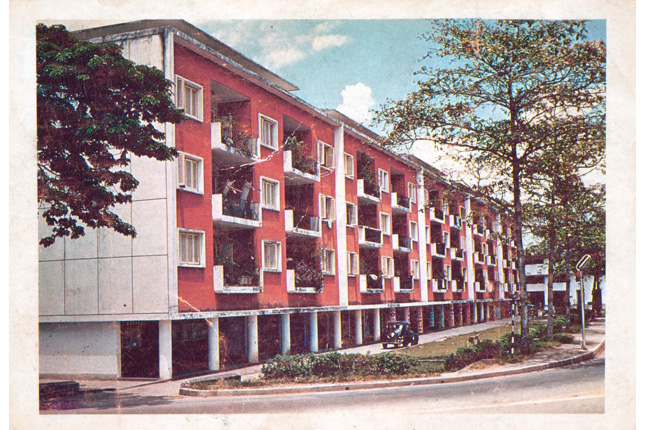 Singapore Improvement Trust flats in the Tiong Bahru estate. (c. 1953. Image from National Museum of Singapore.)
Singapore Improvement Trust flats in the Tiong Bahru estate. (c. 1953. Image from National Museum of Singapore.)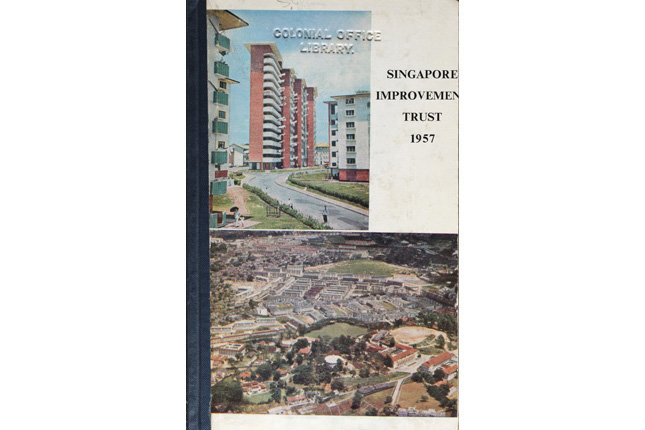 Singapore Improvement Trust flats in the Tiong Bahru estate. (c. 1953. Image from National Museum of Singapore.)
Singapore Improvement Trust flats in the Tiong Bahru estate. (c. 1953. Image from National Museum of Singapore.)
From these sources, I have found out many interesting facts and the rich history of Tiong Bahru regarding the estate. Information such as when was the first block built and who were the people living in the block and even the following developments. Basically, Tiong Bahru’s timeline as an estate. One of the most iconic blocks of the estate to me was the one with a purpose-built air raid shelter, which I visited during my site visit as well. I was pretty surprised when I found it as it was really in the middle of all the flats. Some interviewees also pointed out the bird singing corner (which I couldn’t find during this visit). Without getting to see it, I just googled it to know more about it. (But, in the end, I went back to Tiong Bahru again to take a look at things which I have missed out, like the bird singing corner.)
References:
http://eresources.nlb.gov.sg/infopedia/articles/SIP_1700_2010-08-11.html
https://www.challenge.gov.sg/print/life-style/tiong-bahru-tales
https://www.ura.gov.sg/-/media/User%20Defined/URA%20Online/Guidelines/Conservation/Tiong%20Bahru%20General%20Guidelines%20240913.pdf
http://www.tiongbahru.sg/tiong-bahru-estate/
http://www.visitsingapore.com/see-do-singapore/architecture/historical/sit-flats/

Micro-project 07: Video Selfie
Lines. Trips. Glitch.
Lines. Trips. Glitch. is a short 1 minute video selfie which expresses my artistic alter ego, mostly inspired by minimalist artist Sol Lewitt and glitch art. This video selfie explores traditional drawing and digital glitch art – and maybe the converging of both.
I was mostly inspired by Sol Lewitt, an American artist who is linked to art movements such as Minimalism and Conceptual art. He is recognised for his line artworks, where Lewitt would fill the entire canvas with just lines. Although abstract, I felt that Lewitt’s lines encapsulate more than just forms; perhaps even emotions.
As I chose an artist to express my artistic alter ego, I felt that the location would be best held in an artistic space, like this drawing room. The props in the room were arranged deliberately to create the desired mood, like how the painting at the back shows the contrast of a figure painted and a real person who is situated in front of the canvas (me). The effects of the video, mostly glitchy, added a trippy feel to it. (The painted face looks pretty demonic when the colour changed (00:58) secs) Accompanied by the song that I chose, (Erza by Flume), I wanted to portray a distorted state of mind as an “artist” inspired by Sol Lewitt, the imaginary double. Personally, the entangled lines which I drew symbolised being torn in between, confused and lost (mostly negative and thus, the distortion).
How can the video selfie be used to alter identity?
By taking a video selfie, we are given more control over the outcome of what we want to portray to the audience. Higher control also means that we are able to record according to what we want and we are able to stage any persona that we want to portray to the viewers. In addition, there is no limit to the takes and this ensures that we are able to perfect that persona if we wanted to.
How might video be used to conceal identity?
There are endless possibilities to our choices here in the digital world. We could choose to record the video selfie upfront, showing our faces but we could also choose not to show it at all. The viewers can only see what is shown in the video and nothing else, thus, the control is still being overpowered by the creators and not viewers.
How do the objects that surround you contribute to your sense of identity?
As mentioned, the location, the song choice and effects are deliberate ways to create the desired mise en scène. Without any dialogue, but just through my actions, the props and space, viewers are able to distinctly recognise myself as an artist who is drawing on a canvas.
Overall, I felt that this creating this video selfie has more thoughts put into it as we delved into digital identity. On a daily basis, as we post Instagram stories online, we neglect such aspects; we don’t consider whether do we actually alter our identity or not. But, through this micro-project, it instilled a greater sense of digital identity awareness in me.


















